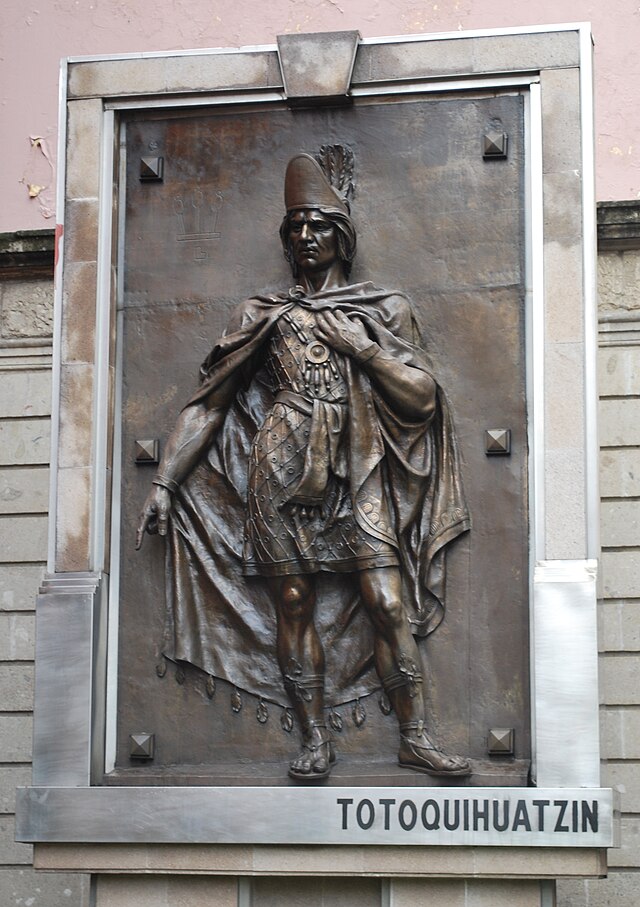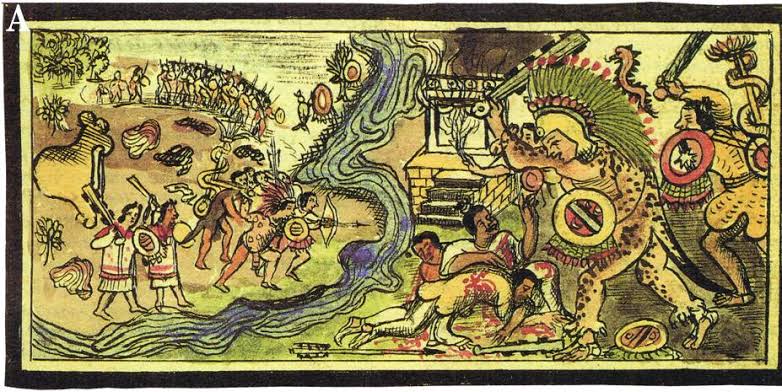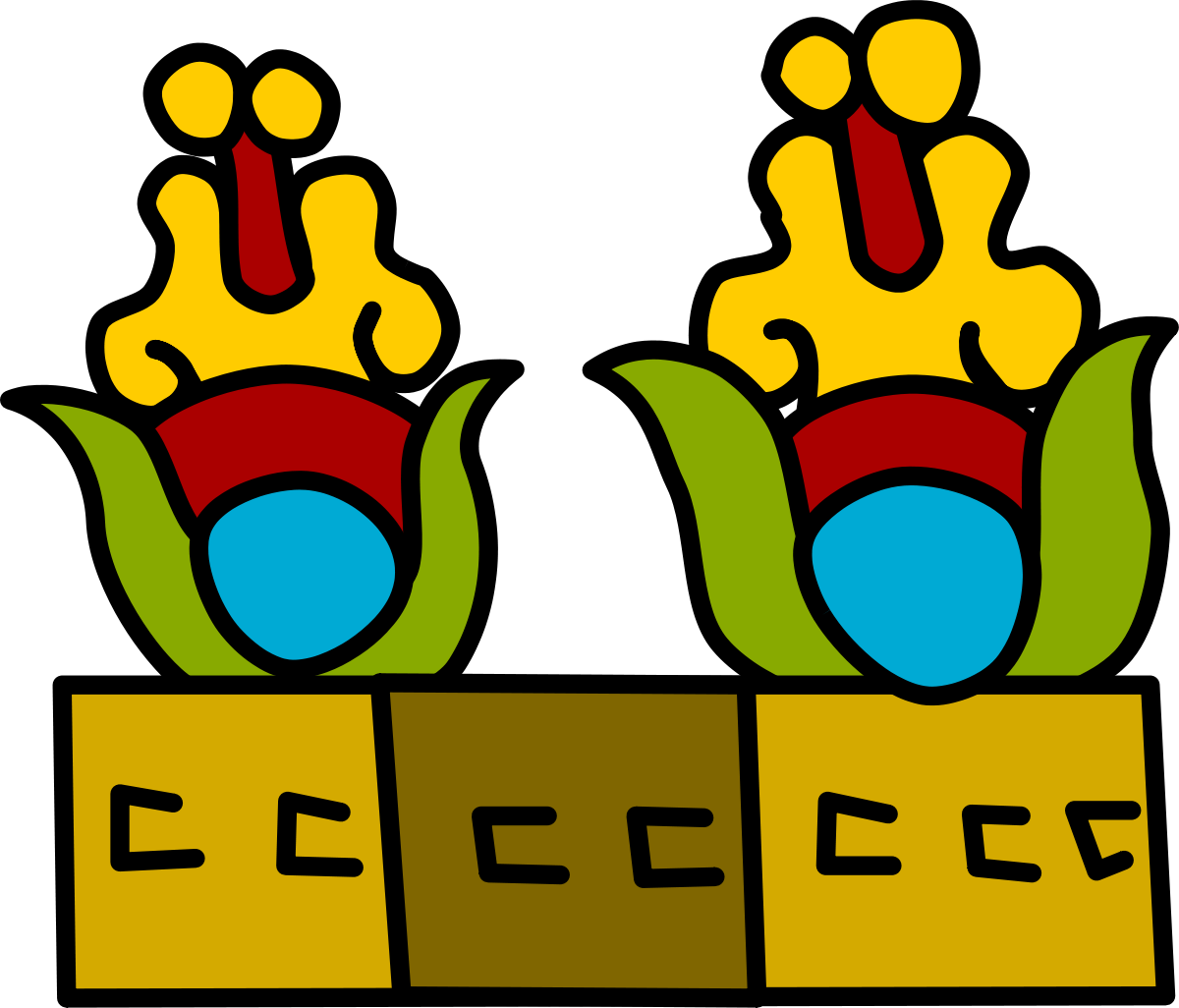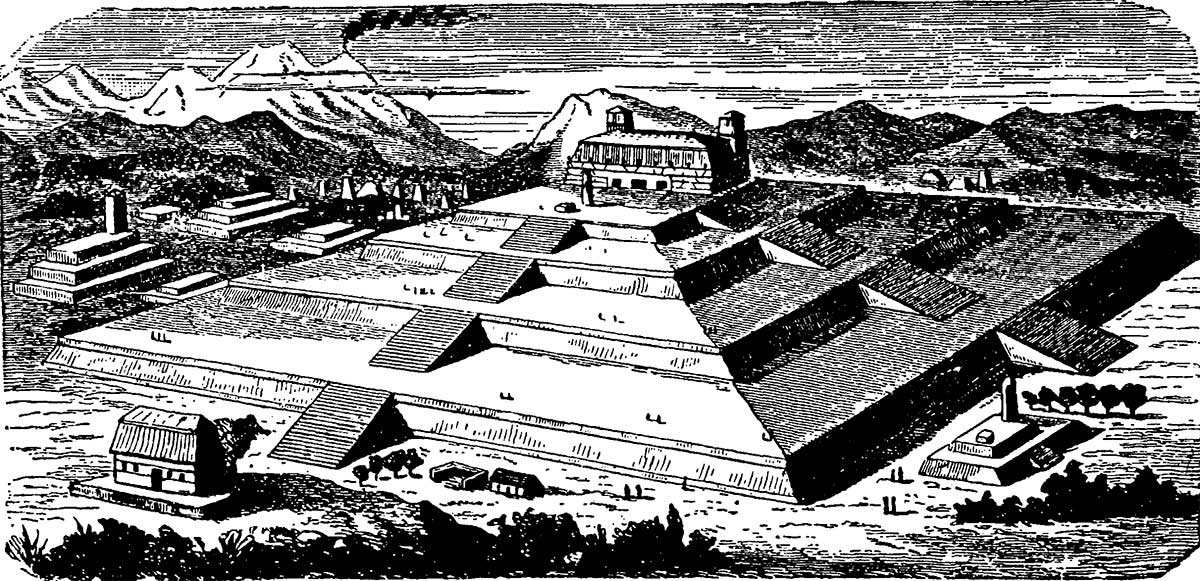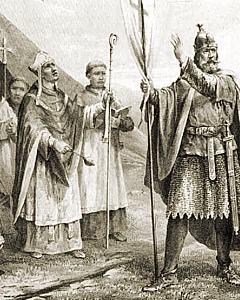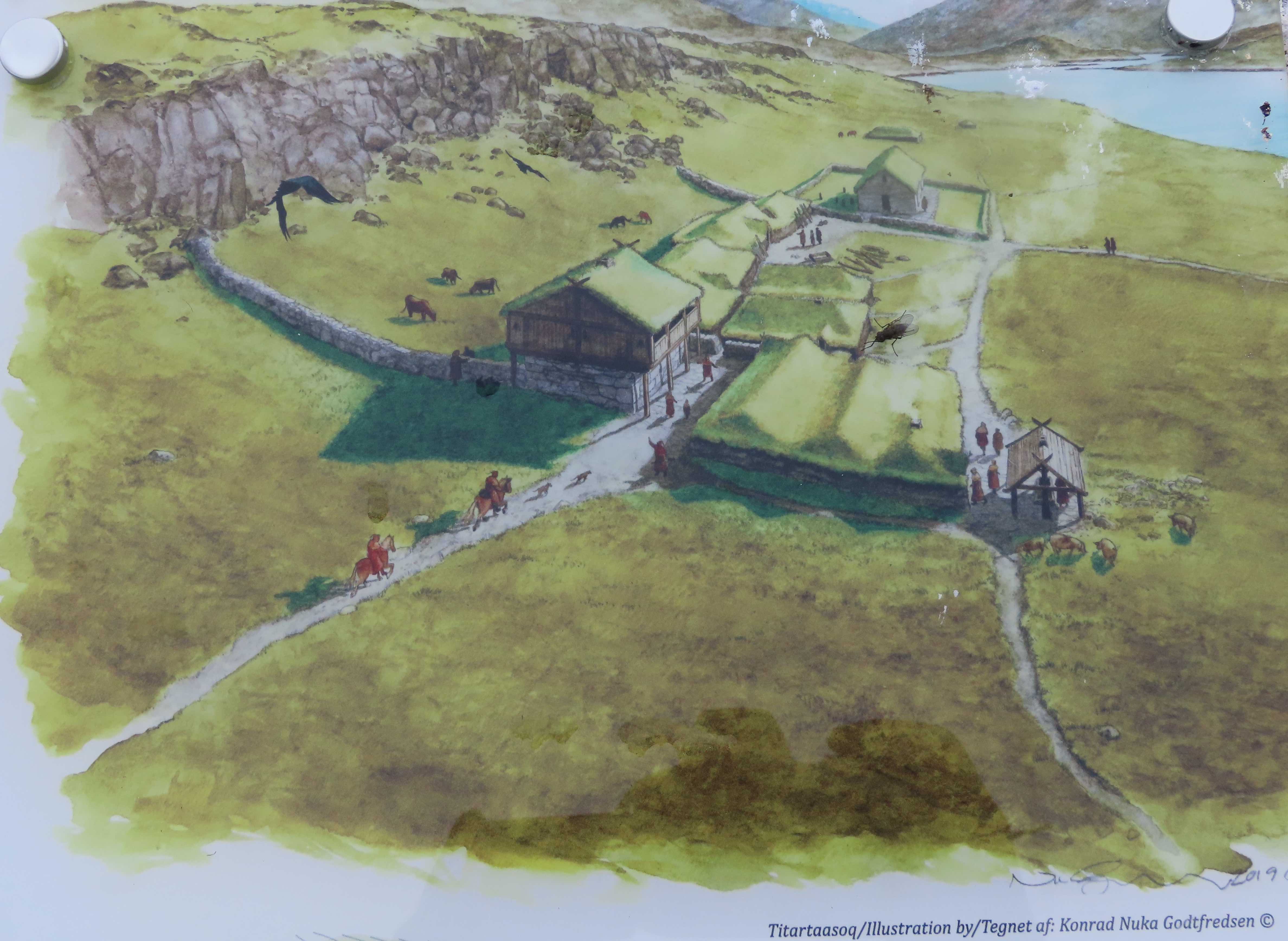Chapter VI. Luck.
Greenland
July 17, 1493
One year after being appointed by Pope Alexander VI, Matthias Knutsson became Bishop of Garðar, a Norse abandoned settlement in Greenland. He initially reached Iceland, where he learned more about whale hunting and cod fishing., Knutsson sailed in the summer of 1493 with experienced mariners, 50 troopers, and chieftains such as Torfi Jónsson í Klofa, who fled with his people from Iceland due to the plague.
Knutsson and Torfi Jónsson departed Iceland with only two ships, but a storm slightly changed the fleet route. Instead of reaching Garðar, the explorers arrived at Hvalsey; the bad weather was enough to destroy one of the ships, and 20 of the 50 soldiers perished. Finally, the survivors arrived at Hvalsey on July 17, 1493, and found the church ruins. They had no more option but to refuge inside the stone remains and built makeshift tents with the wood from the destroyed ship and leather.
Matthias Knutsson (left).
If it were not for the fact that Knutsson, Torfi, and the survivors knew how to fish cod and hunt whales and seals, the crew would have died in less than a month.
Recontact with the local Inuit was complex; some clans were peaceful, and others became belligerent. The following month, a group of natives attacked the settlement, but the Norse troops defeated them. Life was definitely harsh for the settlers; however, they adjusted to the challenging natural environment to survive. The crew had to adopt Inuit clothing and diet so as not to die frozen or malnourished.
Hvalsey as in the summer of 1494, after Knutsson's exploration.
The months passed, and the population grew. Confrontation among native clans arose; even three Inuit families joined the settlement and were converted to Christianity. Relative success in Hvalsey attracted more settlers from Iceland and Norway. Stefán Jónsson, Bishop of Skálholt, sponsored another expedition from Greenland, in which they supposedly found Vinland [1] and built up a small colony named just Vesterbygd (lit. "Western Settlement"). Furs, whale oil, and other materials obtained in the new settlements reached Northern Europe, regaining attention from the Crown. Ship cargoes from the metropolis resumed, and Vinland accepted the overlordship of Norway, which was under the Kalmar dynastic Union.
Vesterbygd, Vinland. Founded on November 20, 1494.
The native Beothuk preferred to avoid contact with Europeans and moved inland, easing the colony's growth. The Norse expeditions could not reach Garðar due to the harsh climate and Inuit attacks. With Papal authorization, Matthias Knutsson was appointed Archbishop of Greenland in Hvalsey, and Stefán Jónsson became Archbishop of Vinland in Vesterbygd.
"We arrived at Greenland on July 17, 1493. That day was too cold to be summer. We reached the ruins of Hvalsey's Church after one of our ships was totally destroyed during a storm in the sea, and twenty of our soldiers perished. With the wood pieces from the ship, we built tents with leather from whales and seals we hunted in Iceland before. I have to say, Father Matthias Knutsson is astute, as he convinced three skrælingjar families to join us, and they accepted the True Faith [...] Another group of almost 100 skrælingjar attacked us, but our troops defeated them miraculously. Fortunately, we have enough reserves to survive, and the sea is full of seals, cod, and diverse shellfish. We have learned hunting techniques and dressing customs from the natives to outstand the cold. I commanded four additional expeditions to the south, and we found lands, possibly the mythical Vinland. We needed to return to Iceland for more supplies. We arrived with five warriors from our allied aboriginal families, where they were officially baptized as Matthias, Erik, Knut, Stefán, and Harald."
~ Historia Hyperborea, Torfi Jónsson í Klofa.
As Hvalsey was well secured, Jónsson led more explorations and rediscovered Helluland and Markland. After more royal support, these lands were formally claimed for the Monarch of the Kalmar Union. On 21 May 1494, the Pope recognized the unclaimed lands north of the 45th parallel belonged to the Scandinavian Crown. Nevertheless, such claims were officially ratified in 1498, with the Treaty of Roskilde.
Claimed lands, north of the 45th parallel (N).
[1] ITTL, Scandinavian explorers rediscovered OTL Newfoundland and settled at the northernmost tip. The island would be renamed as Vinland.





